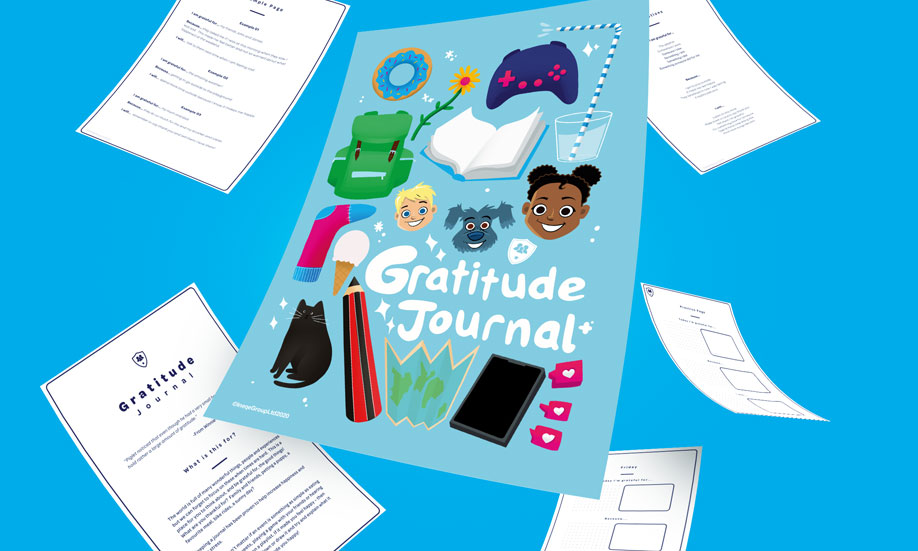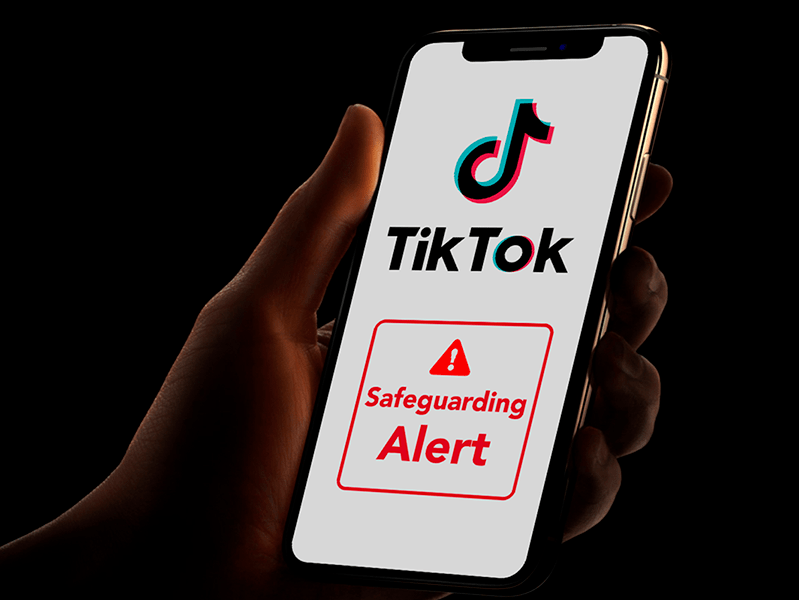Just like the real world, there are spaces, people, and places online which can be frightening or distressing for young people. Parents and policymakers have expressed concern at the sheer amount of inappropriate material that is freely accessible online, such as pornography or violent videos.
Harmful content can include live news, violence, sexualised content and the incitement of activities that can harm the physical and emotional health of young people.
Talking to young people about harmful content can seem daunting, especially when talking about something you haven’t necessarily seen or experienced yourself. However, sensitively addressing the issue by talking is important, particularly when you know or suspect the issue might impact a child or young person in your care.
Exposure to harmful content can be challenging for children and young people, which is why we have developed the following advice to help parents, carers and safeguarding professionals.
To learn more, check out our ‘Staying Safe Online’ courses, offering basic, intermediate, and advanced levels. You can book here now.
Top Tips for talking to children and young people in your care about Harmful Content
Asking them what they know about a topic or issue means you can gauge just how much detail is needed. It’s usually better to not approach the subject directly, this helps you avoid talking about or introducing topics they might not otherwise have known about.
For more information on talking to your child about sensitive topics online or in the media, check out our video below.
Do you receive our Safeguarding Alerts?
Receive regular updates to help you safeguard children in a digital era.










